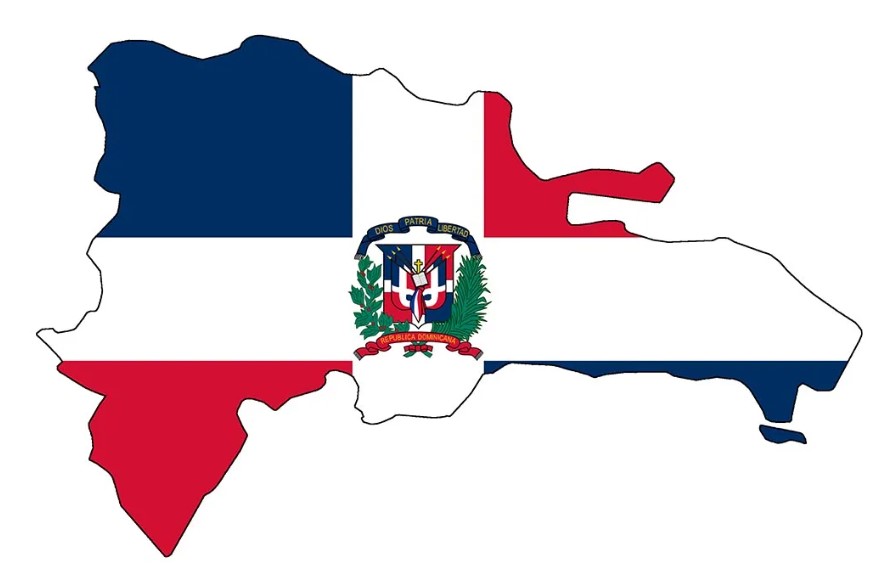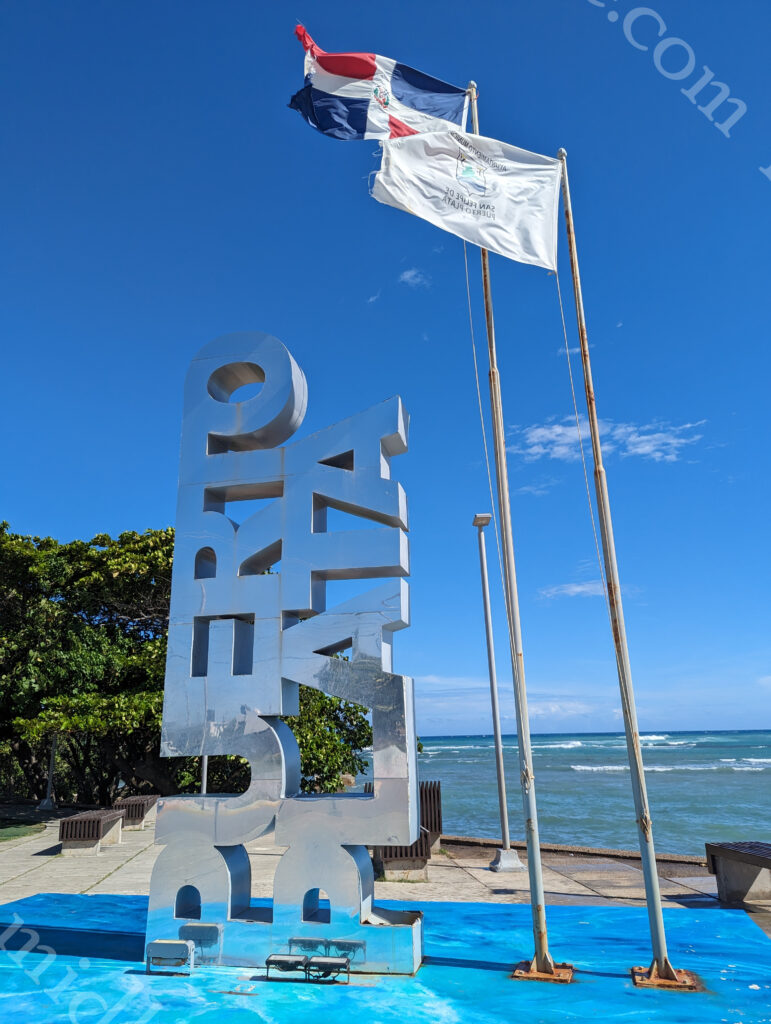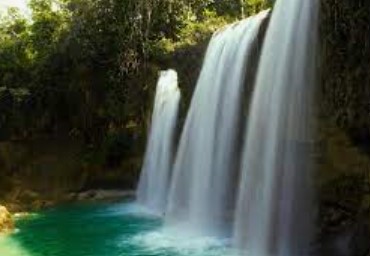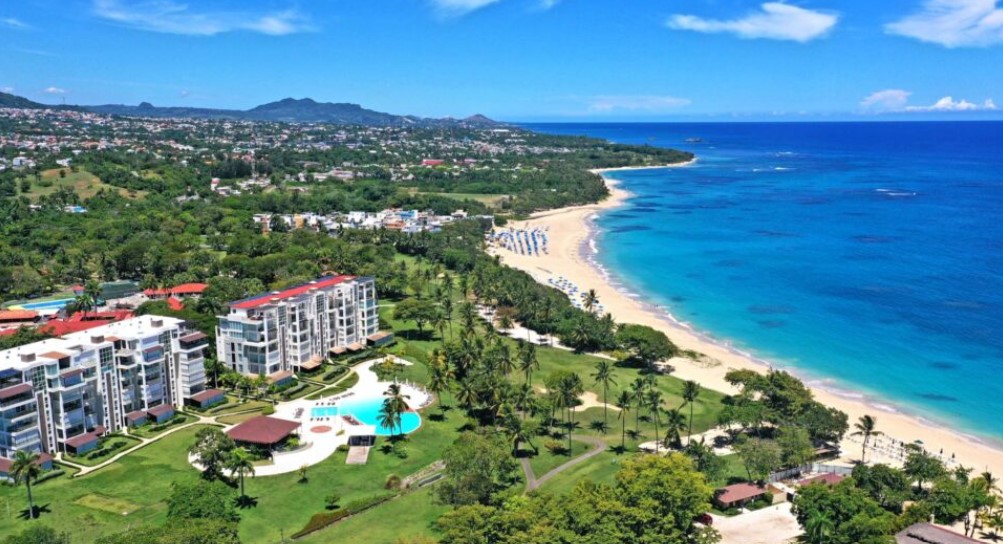
The Dominican Republic shares the island of Hispaniola with Haiti. It is the second largest (after Cuba) country in the Caribbean) and third largest in population.
The capital (Santo Domingo) was the first permanent European settlement in the Americas and was the home of Spanish rule in the New World. After more than three hundred years the Dominican people declared independence in November 1821.

Puerto Plata

Puerto Plata is the birthplace of tourism in the Dominican Republic and is as fake as all get out. But in a really good way. When you get off the boat you are immediately thrown into a development known as Taino Bay. This is an entirely manufactured waterfront that houses every type of tourist attraction that you would want from a tropical island.
For about a 3 square kilometre area you are in a tourist wonderland of beaches, pools, shops, bars, restaurants and attractions. If you didn’t choose to keep going, it would be entirely possible to miss the actual town and community completely. But if you did, you would have still had a great day lazing by the beach and soaking up those Caribbean vibes.











But of course, we kept going. past the tourist mess (as lovely as it was) and got into the actual township of Puerto Plata, more specifically the old colonial-era centre. Here we wandered through the old colonial (Victorian) era buildings and just soaked up the town. And of course, found the umbrella-donned street known as Calle de Las Sombrillas.






As you keep wandering you come across one of the first colonial-period fortresses – the Fortaleza San Felipe. This historic military fort dates back to 1577 and was built to protect the coast from the Dutch, French, and British. In the 19th century, it served as a prison. Today it is a museum.







As is Jill’s thing, she did the street art photography blitz that she normally does when she finds it. It really is a nice way of discouraging graffiti, encouraging the arts, and brightening up otherwise boring walls throughout the city.






The 27 Waterfalls of Damajagua is a tourist attraction that is really only 12 waterfalls and some rock pools. But if you want to hike and swim, then this might be for you.
The Dominican Republic has a history of cacao production with about 150,000 hectares and 40,000 farms producing it. I was totally oblivious to this until I kept running across all of these artisanal chocolate shops trying to sell me their wares.

On further examination, it has been turned into both a crop for export and a tourism seller with various tours and cocoa camps. In the town of Altamira near Puerto Plata is the Chocolala, a cacao farm run entirely by women. There is also a place called Chocolate Mountain, a farm and camping site! Both obviously offer tours and products for purchase.

The mountain of Pico Isabel de Torres sits overlooking the town of Puerto Plata. The summit is 793 meters high and offers a spectacular view of the city. Importantly, there is a cable car that will take you to the top for $10. Once up the top there is also a botanic garden.
Playa Dorada is a few kilometres outside the city centre and is the first of the resort-style developments that found its way to the Dominican Republic. It is exactly what you imagine it to be.

The island is spectacular with sprawling landscapes, the sea, mountains, valleys, rivers, and a multitude of beaches. Our dip the toe in the water was just a teaser suggesting that we probably need to come back here and explore it a bit more fully.